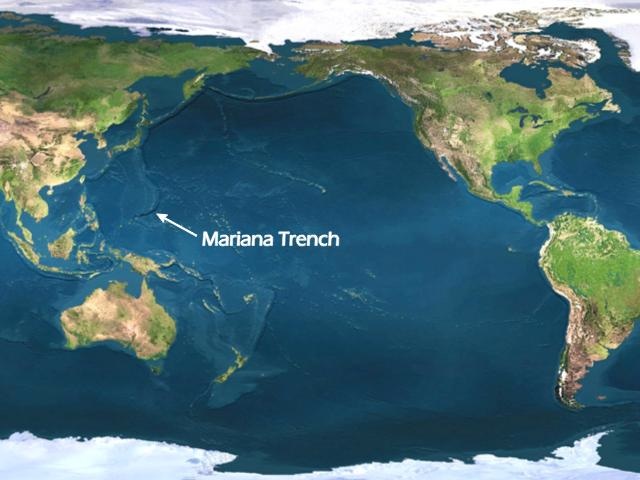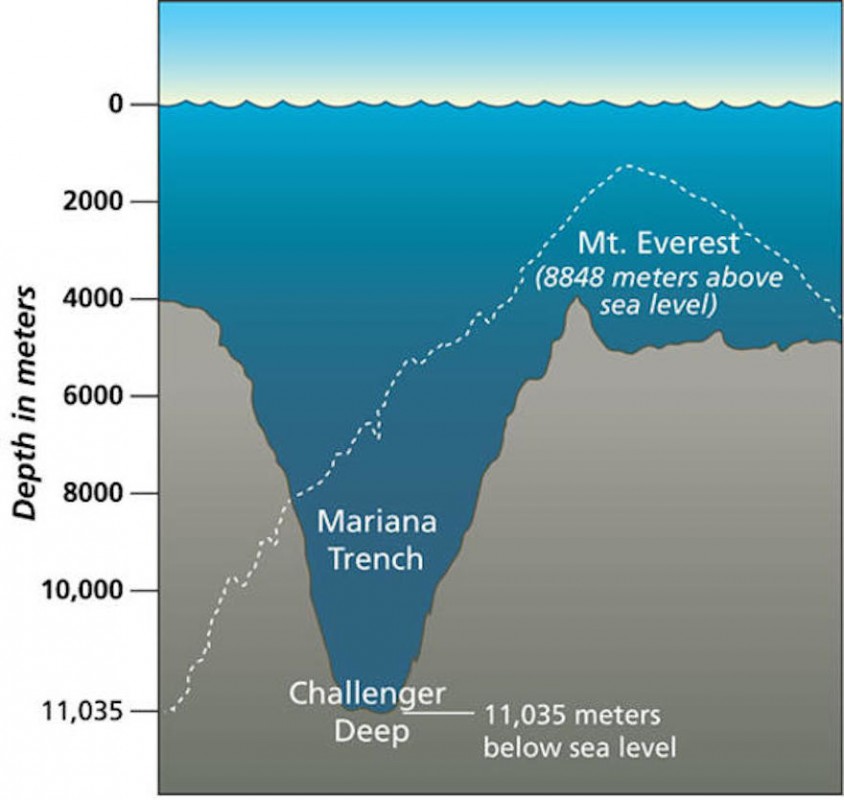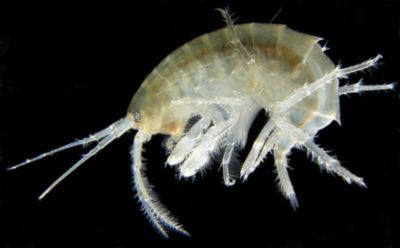 Off the Marianas Islands, in a remote stretch of the Pacific Ocean, lies a deep trench.
Off the Marianas Islands, in a remote stretch of the Pacific Ocean, lies a deep trench.
A trench so deep that it could accommodate the tallest mountain range - the Himalayas, and still has a mile of water above!
But did you know that this remote part of our planet is also incredibly polluted? Recently, a team of scientists has found very high levels of toxic chemicals in the bodies of marine creatures found in the trench. In fact, the level of pollutants in these trench-dwellers was nearly 50 times higher than that found in crabs from one of the most polluted rivers of China!
The Mariana Trench
The Mariana trench stretches for 2,500 km along the Pacific Ocean floor and is 70 km wide. The deepest part of the trench, Challenger Deep, lies 7 miles below the ocean surface. Mariana Trench is part of a network of trenches that criss-cross the ocean floor.

How do these trenches form? Our Earth, as you know, is made up of tectonic plates which connect with each other like giant jigsaw puzzles. The plates are constantly moving because of the molten lava inside our Earth. When one tectonic plate dives under another plate, in a geologic phenomenon known as subduction, trenches are formed.
The sheer depth of Mariana trench makes it hard to explore. Sunlight does not reach that far down, shrouding it in permanent darkness. The water pressure at the deepest point is nearly 1000 times more than at the surface. Despite these inhospitable conditions, some of the strangest creatures are found in the trench-- creatures that produce their own light such as dragonfish, amphipods, sea cucumbers, single-celled amoeba-like organisms, and of course bacteria.
Pollution In The Deep Seas
 A team of researchers from Newcastle University in the UK decided to study the hadal zone, an area of water that is 3.7 miles to 6.8 miles below the surface.
A team of researchers from Newcastle University in the UK decided to study the hadal zone, an area of water that is 3.7 miles to 6.8 miles below the surface.
The research team sent traps underwater to catch the tiny prawn-like amphipods and tested them. They found extremely high levels of chemicals, known to cause health issues like cancer. These chemicals known as POPs (Persistent Organic Pollutants) were used extensively in pesticides until they were banned in the 1970s. Unfortunately, some are still in use today.
The POPs are hardy chemicals and do not break down. They are ingested by the larger marine animals-- and when they die and sink to the bottom of the oceans, the smaller creatures feast on them. The chemicals then enter the bodies of these amphipods and other smaller marine creatures and disrupt their hormone balances. And thus, the cycle continues.
While we may think that our oceans are pristine, this latest finding tells us that in a trench far... far away from any industrial city, we humans are leaving our footprint.







